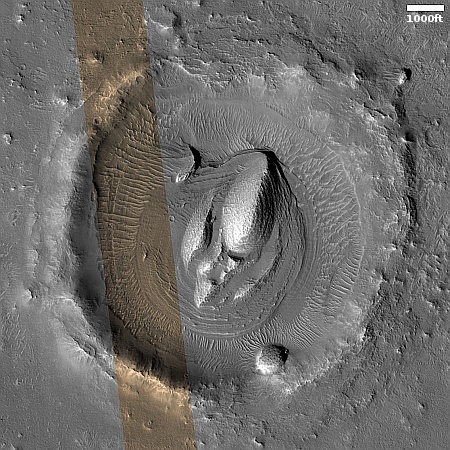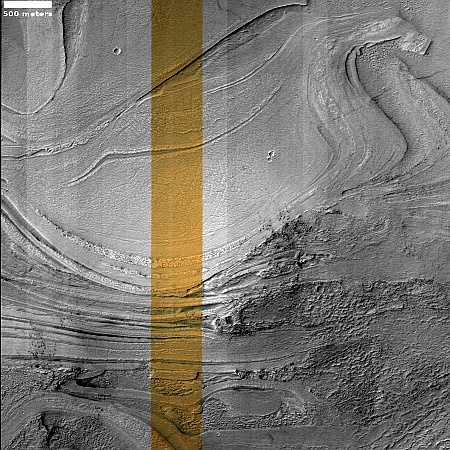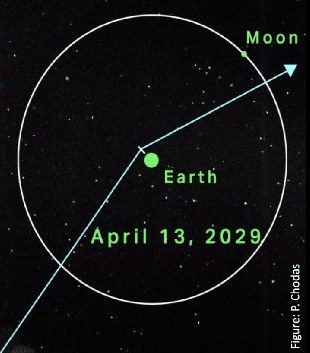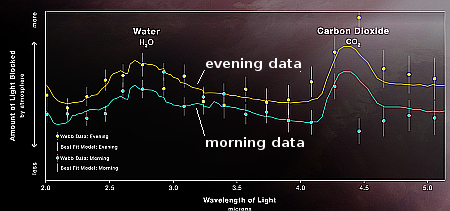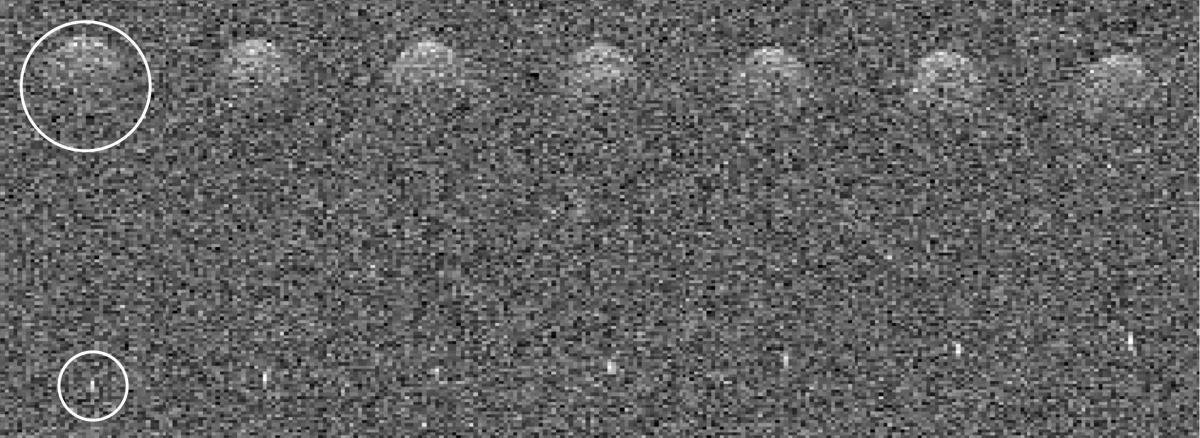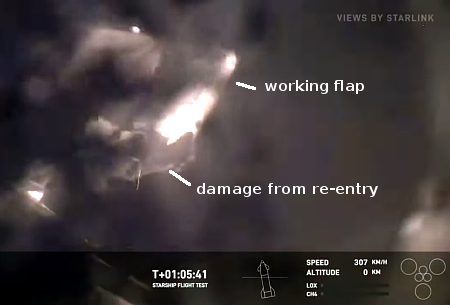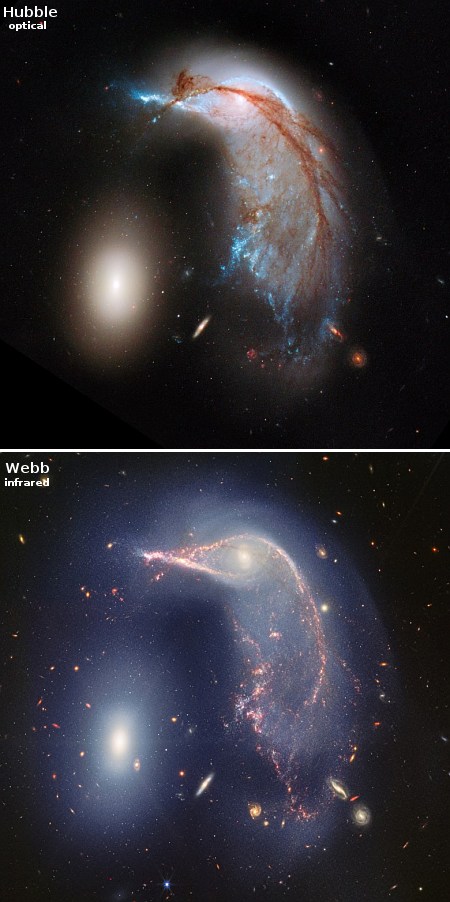July 17, 2024 Quick space links
Courtesy of BtB’s stringer Jay. This post is also an open thread. I welcome my readers to post any comments or additional links relating to any space issues, even if unrelated to the links below.
- SpaceX touts an artist’s illustration of its proposed ISS de-orbit spacecrat
The tweet notes the vehicle will have ” 6x more propellant and 4x the power of today’s Dragon spacecraft.”
- Rocket Factory Augsburg releases video of full duration static fire test of its rocket’s third stage engine
The test duplicated the two firings that would occur on the flight, with a 40 minute coasting phase in between. It is now ready for launch.
One thing I found fascinating was that the engineers doing the test did it in English, even though this is a German company working in Germany.
Courtesy of BtB’s stringer Jay. This post is also an open thread. I welcome my readers to post any comments or additional links relating to any space issues, even if unrelated to the links below.
- SpaceX touts an artist’s illustration of its proposed ISS de-orbit spacecrat
- Rocket Factory Augsburg releases video of full duration static fire test of its rocket’s third stage engine
The tweet notes the vehicle will have ” 6x more propellant and 4x the power of today’s Dragon spacecraft.”
The test duplicated the two firings that would occur on the flight, with a 40 minute coasting phase in between. It is now ready for launch.
One thing I found fascinating was that the engineers doing the test did it in English, even though this is a German company working in Germany.



